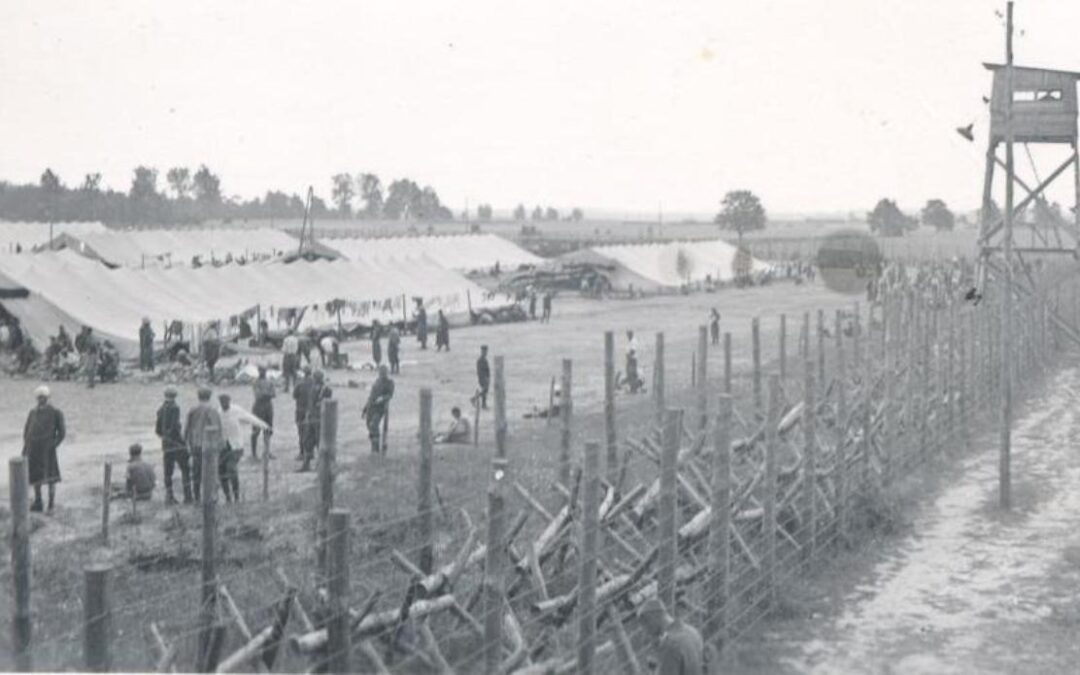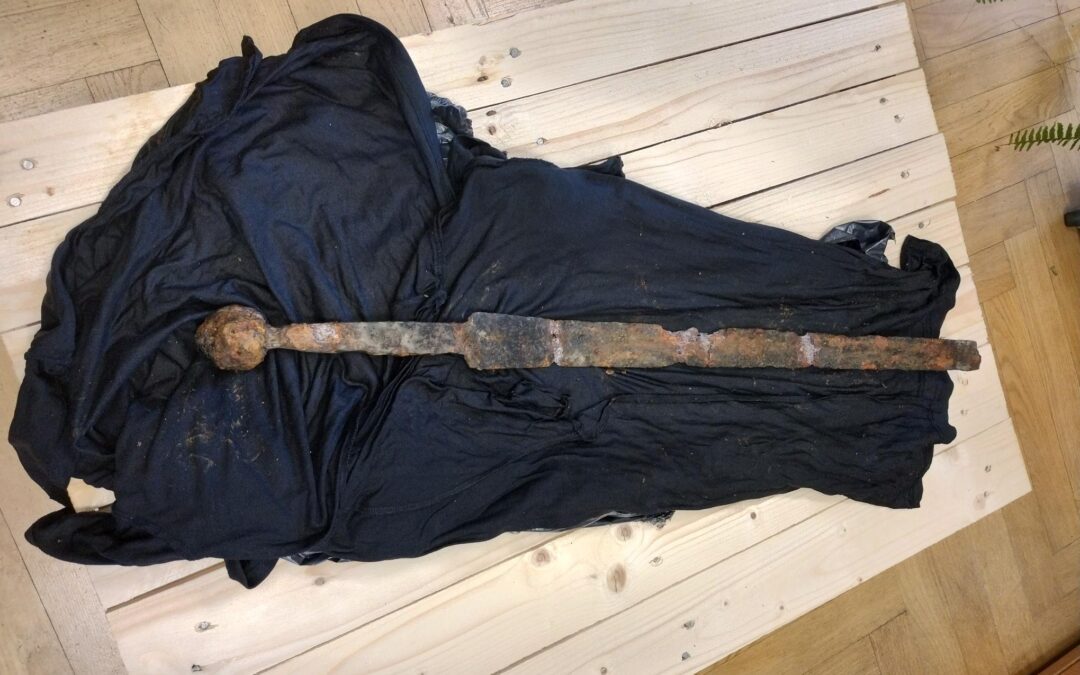Mass graves containing the remains of around 100 people have been found near a former German Nazi camp in what is now Poland. The victims were prisoners of war who were held in the camp as well as Polish civilians deported there following the Warsaw Uprising.
The discovery was made during archaeological research being carried out around Stalag II-D, one of the largest German prisoner-of-war camps, near Stargard, a city that became part of Poland after the war but was previously in Germany.
Szczątki około 100 osób znaleziono w Stargardzie. To jeńcy wojenni https://t.co/GodqCjJV8G
— Onet Wiadomości (@OnetWiadomosci) November 8, 2023
Following the German invasion of Poland in 1939, the camp was initially used to hold captured Polish soldiers and civilians. Later, American, French, Dutch, Belgian and Soviet soldiers were among those imprisoned there. Prisoners from Africa were also held at the camp.
After the Warsaw Uprising in 1944, Polish civilians, including women and children, were sent to the camp. Prisoners there were often used to carry out forced labour.
Researchers estimate that between 3,000 and 6,000 people are buried around the former camp. Since 2021, a team led by the Pomeranian Medical University (PUM) in nearby Szczecin and co-financed by Poland’s culture ministry has been searching for those remains.
Trzeci tydzień badań za nami, zakończylismy analizę grobu z przelomu roku 1944/1945 w tej chwili badamy grób z drugiej połowy roku 1944. Znaki tożsamości pozwalają na wstępną identyfikacje i dają możliwość precyzyjnego określenia daty śmierci jeńców. pic.twitter.com/dchqWgY95G
— Andrzej Ossowski (@AndyOsa1978) November 4, 2023
Their latest discovery of two mass graves was announced last week. One of them contained civilians from Warsaw who had been sent to the camp and were forced to work in production plants and farms.
Andrzej Ossowski, a professor of forensic science at PUM, told the Polish Press Agency (PAP) that the bodies, which include women and children, were found with items that “clearly indicate Polish nationality” and that the victims had likely died as a result of the harsh conditions in the camp.
The second grave contains prisoners of war, mainly Soviet soldiers. After preliminary analysis, all the remains will be transported to the Medical University of Warsaw for more detailed research, including genetic testing.
Today marks the 77th anniversary of the beginning of the Warsaw Uprising.
Memory of the struggle has been strongly influenced by the work of Sylwester Braun, a member of Poland's underground resistance who photographed the dramatic and tragic eventshttps://t.co/OprNr0Y0vX
— Notes from Poland 🇵🇱 (@notesfrompoland) August 1, 2021
Ossowski said that the researchers hope to find living relatives of civilians who were sent to the camp after the Warsaw Uprising. Anyone who suspects that a member of their family was imprisoned there can provide a genetic sample for comparison.
The latest find at Stalag II-D follows similar discoveries made there last year and in 2021 by the same research team. So far, the remains of around 300 victims have been uncovered.
“We are trying to find out as much as possible about the conditions in the camp and what caused such a high mortality rate in Stalag II D,” said Ossowski. “We suspect that there were outbreaks of epidemics in some periods, and we are conducting research in this direction.”
The ashes of over 8,000 victims – together weighing more than 17 tonnes, after the bodies were burned to hide evidence of their deaths – have been discovered near a former German-Nazi camp in Poland https://t.co/88i2QxsJKv
— Notes from Poland 🇵🇱 (@notesfrompoland) July 14, 2022

Notes from Poland is run by a small editorial team and published by an independent, non-profit foundation that is funded through donations from our readers. We cannot do what we do without your support.

Daniel Tilles is editor-in-chief of Notes from Poland. He has written on Polish affairs for a wide range of publications, including Foreign Policy, POLITICO Europe, EUobserver and Dziennik Gazeta Prawna.



















